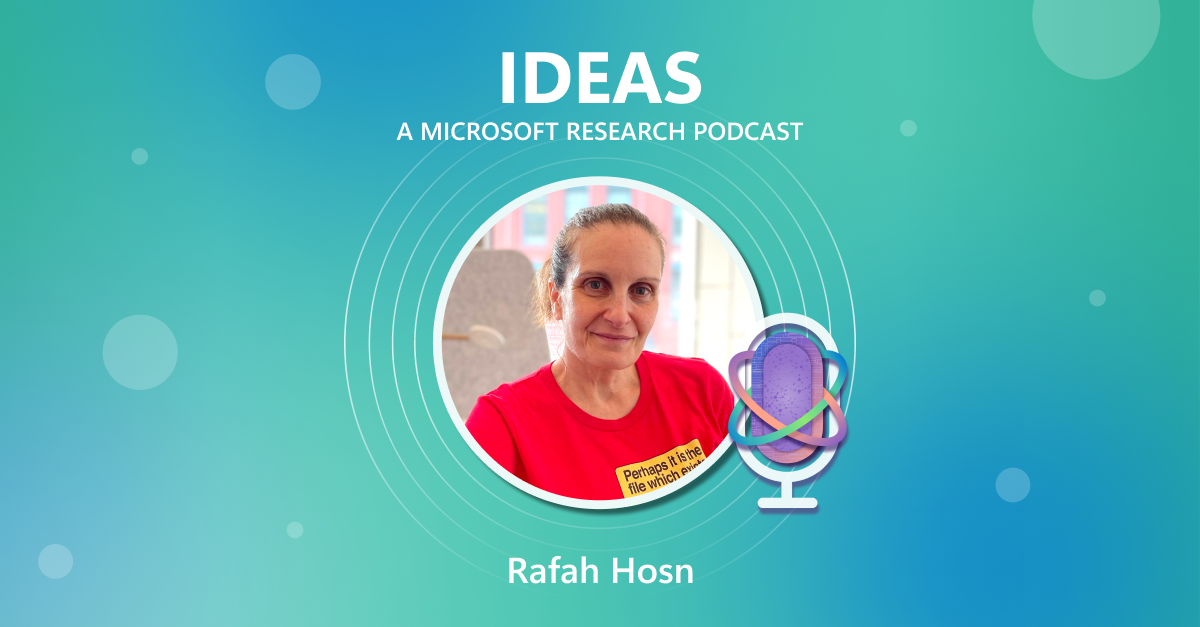I’ve done numerous public presentations of WorldWide Telescope (opens in new tab) (WWT) since 2008, but last month’s demos at the International Astronomical Union’s 2012 General Assembly (opens in new tab) (IAU2012) in Beijing were by far the most satisfying. Why? Because they were conducted primarily by student volunteers, eager to showcase the capabilities of WWT to potential users.
The exhibition at IAU2012 lasted two weeks, from August 20 to 31. Most of that time, our booth was staffed by four future scientists: Qing Wang of China Central Normal University, Hope Chen and Chris Faesi of Harvard University, and Bing Bai of Chongqing University. These student volunteers impressed visitors with their knowledge and poise, and “wowed” them with their WWT demos.

Student volunteers (left to right): Hope Chen, Bing Bai, Qing Wang, and Christopher Faesi
Ideas: Exploring AI frontiers with Rafah Hosn
Energized by disruption, partner group product manager Rafah Hosn is helping to drive scientific advancement in AI for Microsoft. She talks about the mindset needed to work at the frontiers of AI and how the research-to-product pipeline is changing in the GenAI era.
Chris summed up the visitors’ reactions nicely: “The most frequent comment I heard was some variation of ‘Wow—this is really free? That’s amazing!’ I am quite certain that we raised awareness of WWT and generated a great impression of Microsoft.”
Indeed, WWT is one of the best data and information visualization technologies from Microsoft Research, and, yes, it is free for academic use. Since its public release in early 2008, WWT has been adopted by a growing legion of astronomical researchers and science educators. The success of WWT at IAU2012, and the way we made it successful, marks a milestone of WWT outreach: the users are attracting more users. And that’s how we can grow a user community exponentially.
Want to see what all the excitement is about? Then download WWT (opens in new tab)—like the IAU visitors said, it’s amazing. And free!
My special thanks go to Professor Alyssa Goodman (opens in new tab) of Harvard University for recommending Hope Chen and Chris Faesi, to Professor Cuilan Qiao (opens in new tab) of China Central Normal University and Dr. Chenzhou Cui (opens in new tab) of the National Astronomical Observatory of the Chinese Academy of Sciences for recommending Qing Wang and Bing Bai—and for providing guidance and support at the booth, and to Professor Jing Yang (opens in new tab) of Beijing Normal University and Ms. Haoyi Wan of the Beijing Planetarium for their support at the booth.
—Yan Xu (opens in new tab), Senior Research Program Manager, Microsoft Research Connections
Learn More

